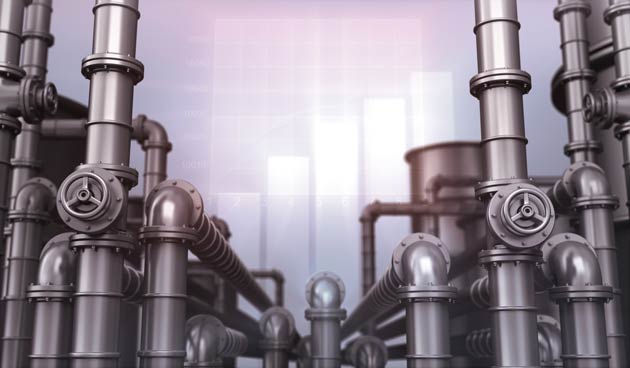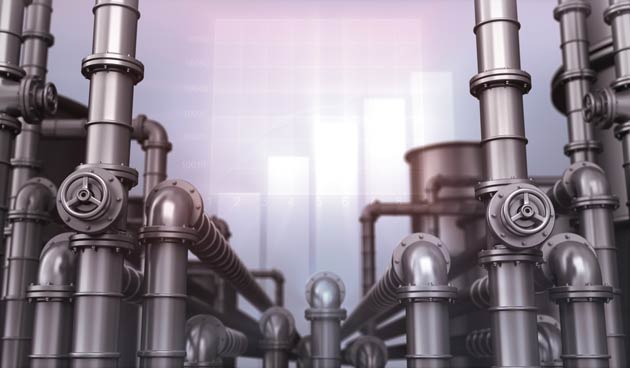
You’ve probably not given much thought to the humble pipe; it’s a functional product that fulfils many uses throughout our daily life. But it forms part of so many essential systems that we rely on and would be lost without, such as the transportation of oil, water and other substances from one location to another.
This is the subject of a new article written by our CEO Jan Ward for the May edition of Stainless Steel World magazine, which is a leading international magazine on stainless steels and corrosion-resistant alloys. In the feature, she explores the fascinating history of the pipe, tracking its progress from the early days of clay, wood, bamboo and other mouldable materials, through to its modern-day applications.
While these rudimentary pipes were useful in their time, it was during the industrial revolution that they became essential, being mass manufactured for industrial uses. Stainless steel is a common material used in the production of pipes, with methods for their manufacture going back to the early 1800s, though these processes have evolved greatly since. The art of ‘pipe bending’ is crucial in the formation of many different types of transport pipelines.
Throughout the magazine article, Jan shares her expert knowledge on the use of pipes within our industry, carrying products such as oil, natural gas, water and sewage. Pipe bending for oil pipelines is of particular note, as it transformed the transportation of oil, which was previously moved by train and horse. The first pipeline, in Pennsylvania, spanned a whole 6 miles, which at the time was revolutionary, and it was made out of wrought iron.
It was important that these pipes could withstand the corrosion that they would be subject to, which led to the introduction of zinc to galvanise the pipes. Over time other alloys were introduced in pipeline development. From the early 1900s, stainless steel became popular and is now widely used with a number of different grades available to suit different projects.
Nowadays, oil pipelines cover hundreds of thousands of miles in many different countries around the world. Here at Corrotherm it’s important to us that we stay on top of new pipeline developments, such as the recent liquefied natural gas (LNG) project in Papua New Guinea, which we reported on last year.
It’s not just stainless steel that is being utilised to create pipes, but the specialised range of corrosion-resistant alloys that we carry at Corrotherm. Our INCONEL alloys, for example, have superior corrosion resistance, which makes them perfect for the manufacture of pipes in a number of different environments, including oil and gas extraction.
To find out more about the different grades of corrosion-resistant alloys that we stock here at Corrotherm, then please contact our Sales team.
 Jan’s article for the Stainless steel world magazine
Jan’s article for the Stainless steel world magazine

